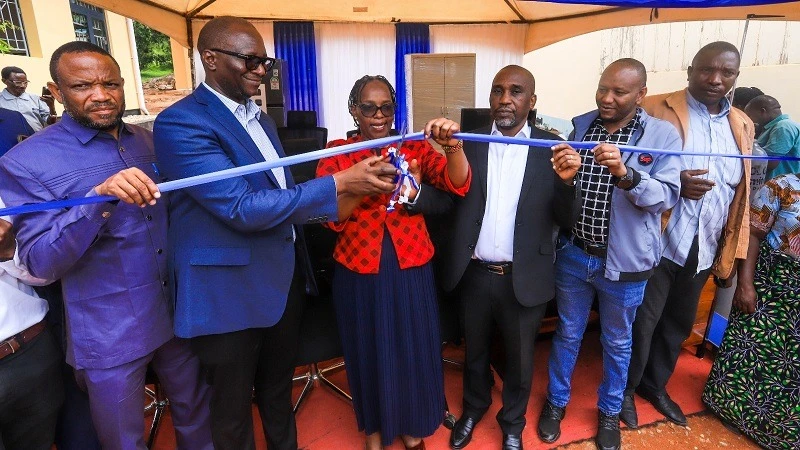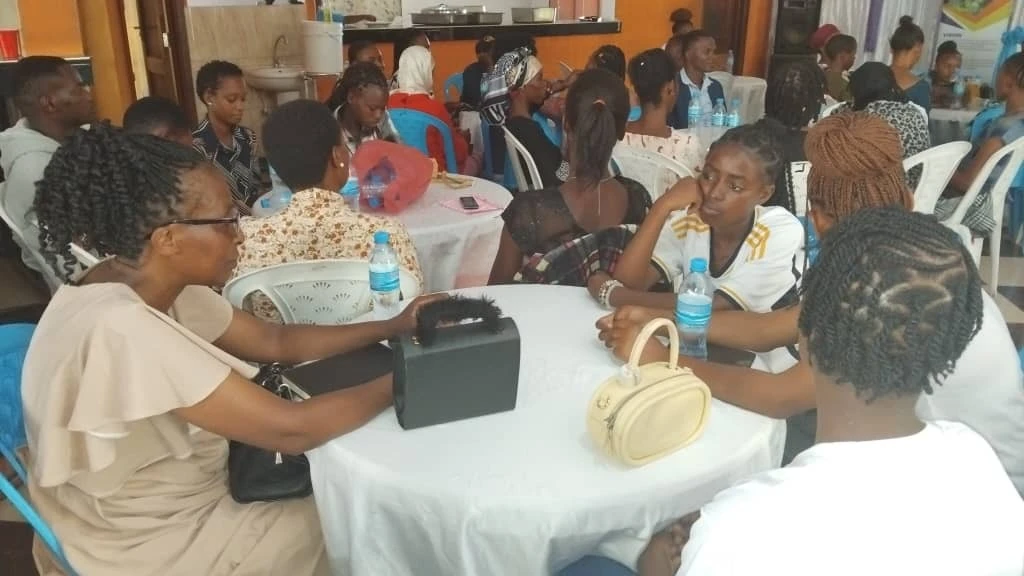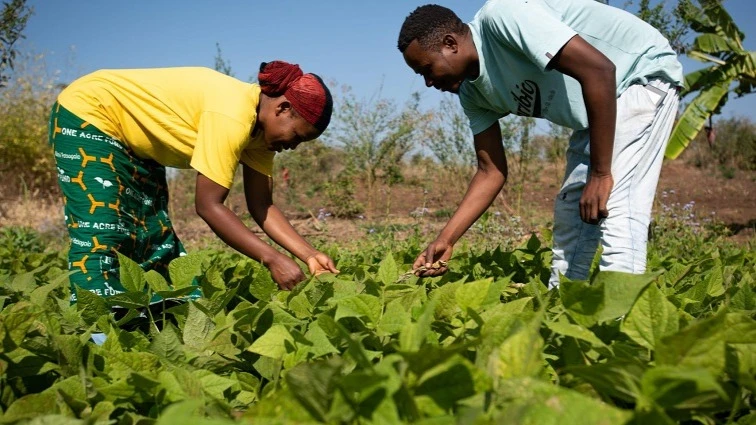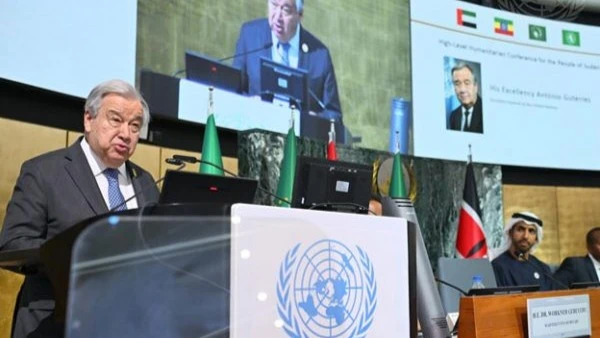Scientists optimistic on controlling invasive tree

SCIENTISTS at the Sokoine University of Agriculture (SUA), the Tanzania Forestry Research Institute (TAFORI) and the University of Nairobi (Kenya), working with the Centre for Agriculture and Biosciences International Archives (CABI) have reported progress in uprooting an invasive tree plant, Prosopis juliflora.
Scientists say that the tree was introduced to East Africa from Latin America in the 1970s with the intention of combating dust storms and providing fodder and wood for livestock.
However, the tree has spread aggressively, displacing grazing and arable land with dense, impenetrable thickets, devastating local ecosystems and undermining agriculture and livestock-based livelihoods.
Dr. Charles Kilawe, a researcher with the Sokoine University of Agriculture, said communal meetings were vital in promoting the sustainable land management against the tree, focused on uprooting the trees.
An online entry says that removal of prosopis, especially of individual trees or small infestations, can be achieved by mechanical or chemical means, including manual uprooting.
It is also possible to use a “tree popper” to pull small trees from the ground, or cut stump and basal bark application of herbicides, it says, while another entry says that the best time for uprooting trees is after at least a couple days' rain.
Even then there was a limited degree of success trying to uproot even small trees, such that finding mechanical tools and finally applying herbicides on tree barks were equally relevant methods.
The agronomist said that households seeing neighbours use this method and discussing its benefits during public meetings helped convince others to adopt it, with scientists saying despite being an arduous effort, it is economically viable in the long run.
This approach can be scaled up in other regions affected by Prosopis infestations in the region and elsewhere, the study noted, pointing at demonstration sites and community meetings, such that adoption rates could increase significantly, benefiting even more communities grappling with the challenges posed by Prosopis juliflora.
Engaging local residents in sustainable land management, ensuring that more regions can effectively combat the spread of this invasive species is the focus of the project at the moment, he said
Winnie Nunda, a Kenyan researcher and one of the study's authors, commented that the results show that all respondents prefer uprooting the plant despite initial investment to uproot the trees being on the high side.
Dr. René Eschen, co-author of the study and research scientist at CABI, said that initial attitude was to leave the invasive plant aside and stick to farming, but their perception of the uprooting method became more positive over time.
“Despite the high initial investment and the risk of injury during uprooting, the long-term benefits of SLM are clear,” he added.
Top Headlines
© 2025 IPPMEDIA.COM. ALL RIGHTS RESERVED






















